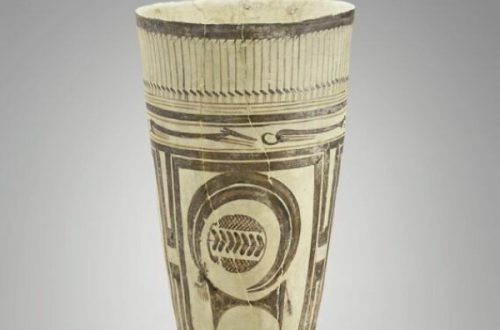Oil pastels, with their vibrant colors and blendable texture, are a perfect medium for capturing the drama and emotion of a landscape. Unlike a purely representational approach, expressive oil pastel landscapes focus on conveying a feeling or mood rather than a precise replica of a scene. This article will guide you through techniques to transform your oil pastels into tools for artistic expression on the canvas.

Part 1: Unleashing Your Inner Artist
Embrace the Abstract:
Release the self-imposed pressure to depict a perfectly realistic scene and instead direct your focus towards capturing the essence and emotion of a place. Whether it’s the expansive solitude of a desert, the tranquil beauty of a forest, or the raw power of a storm, aim to encapsulate the atmosphere and emotions evoked by the landscape. Embrace bold and unconventional strokes, and employ exaggerated shapes and vibrant colors to convey the emotional impact of the scene.
By eschewing strict realism in favor of evocative expression, you can infuse your artwork with a storytelling quality that resonates with viewers on a profound level. This approach allows for the creation of landscapes that transcend mere visual representation, inviting the audience to experience the artist’s emotive response to the environment and compelling them to emotionally engage with the artwork. Embracing this expressive freedom enables your oil pastel landscapes to transcend mere imitation, becoming powerful visual narratives that connect with viewers through their evocative storytelling.
Reference with a Twist:
While photographs or sketches can provide a starting point, don’t feel bound to replicate them exactly. Use them as a springboard for your creativity, focusing on specific elements that resonate with you. Perhaps it’s the fiery hues of a sunset or the swirling patterns of windblown clouds. Let your imagination take center stage.
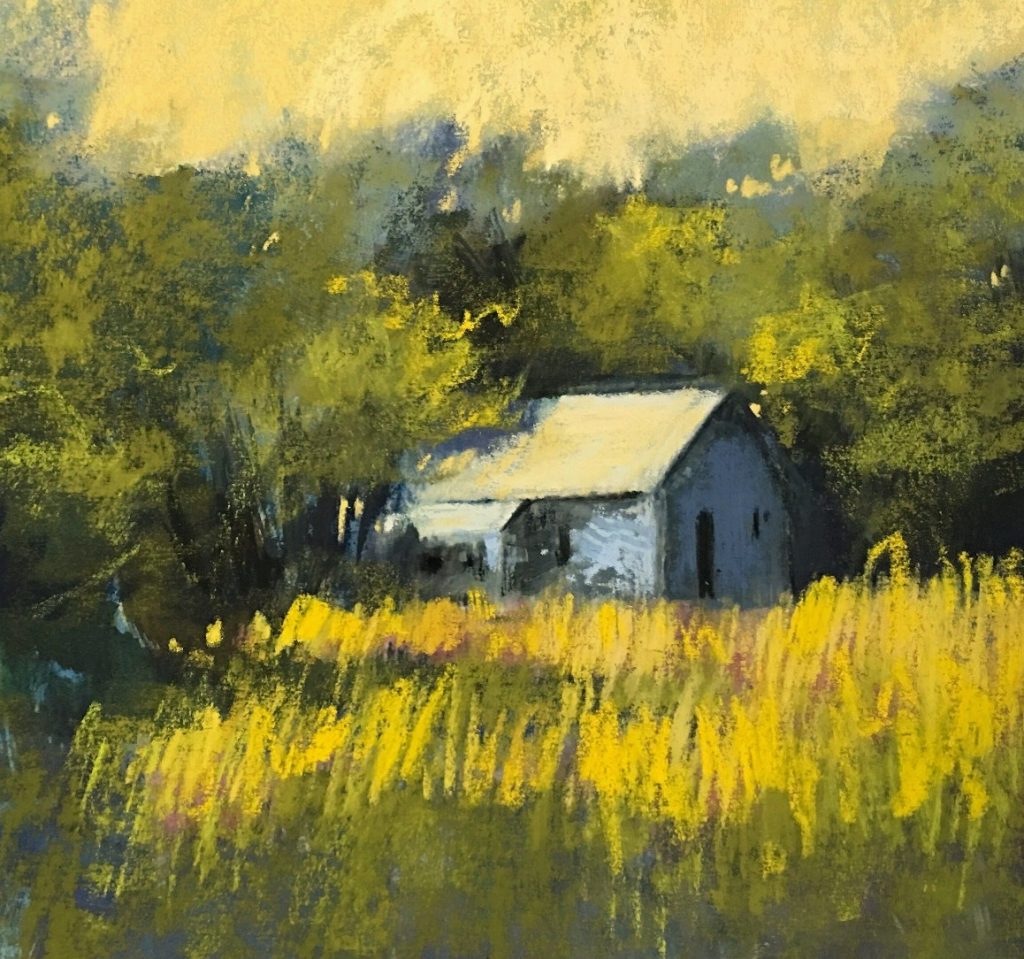
Part 2: Color and Composition for Emotional Impact
A Symphony of Color:
Delve into the boundless expressive potential of color within your oil pastel landscapes. Warm hues such as yellows, oranges, and reds can imbue your artwork with a sense of warmth, energy, and passion, evoking feelings of vitality and intensity within the landscape. On the other hand, cool colors like blues, greens, and violets have the power to elicit sensations of peace, tranquility, or even melancholy, offering a calming and introspective quality to the scene.
By deftly incorporating these color palettes, you can infuse your landscapes with a rich emotional resonance, offering viewers an immersive experience that resonates on a visceral level. Experiment with unexpected color combinations to create a unique visual language for your landscapes, unlocking the potential of color to communicate and evoke a myriad of emotions, inviting viewers to connect with the artwork on an emotional and sensory level. Through the intentional use of color, your oil pastel landscapes can transcend mere visual representation, becoming powerful and evocative visual experiences that speak to the soul.
Composition for Storytelling:
Don’t be afraid to break traditional composition rules. Play with perspective to create a sense of awe or intimacy. Place your horizon line high or low to emphasize the vastness of the sky or the solidity of the land. Use leading lines, such as a winding path or a row of trees, to draw the viewer’s eye into the heart of your landscape and guide their emotional journey.
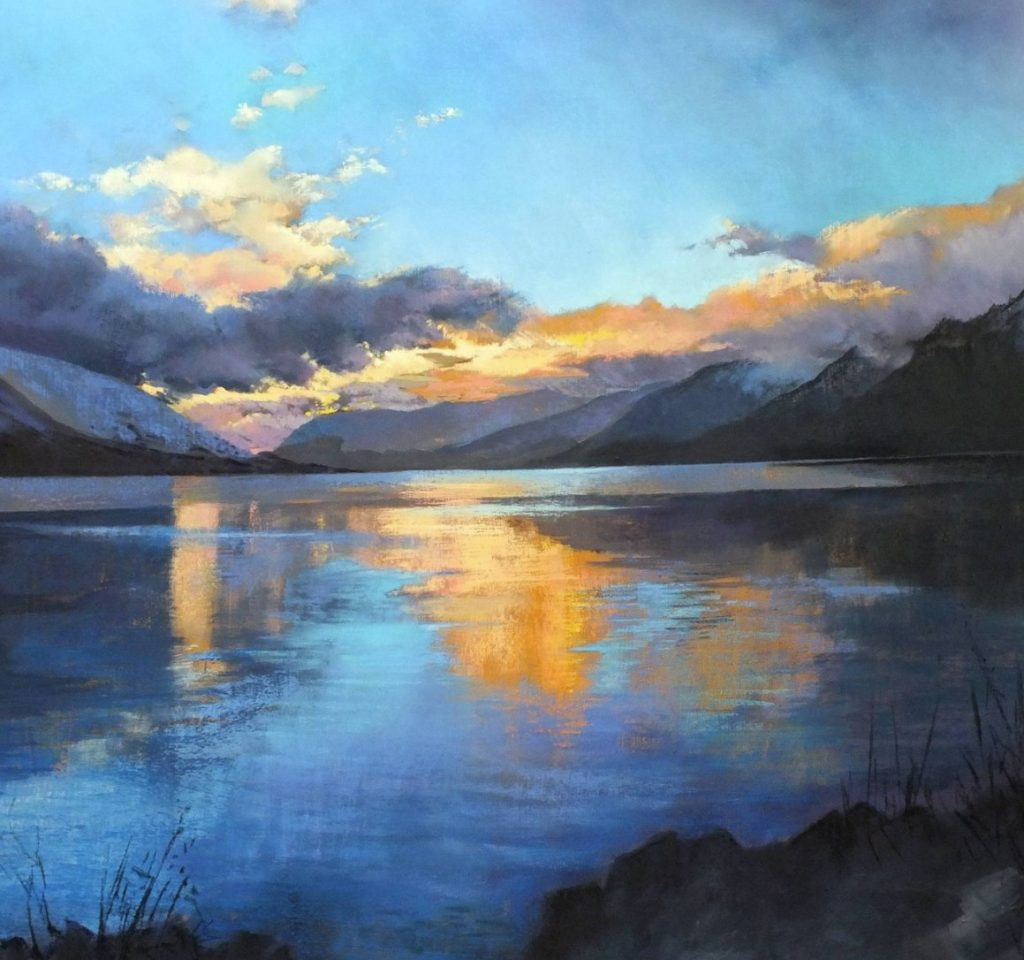
Part 3: Techniques for Expressive Mark-Making
Beyond the Line:
Shift away from the conventional approach of defining landscapes with outlines and detailed shapes. Instead, embrace a more dynamic and expressive technique by employing bold strokes, splattering, and scribbling to effectively convey the energy and movement present in the landscape. By incorporating these unconventional methods, you can capture the essence of the scene in a more fluid and evocative manner, infusing your artwork with a sense of life and vitality.
Additionally, experiment with applying color directly from the pastel stick onto the paper, allowing the texture of the pastel to come through for a more tactile and expressive effect. This direct application of color not only adds an intriguing textural quality to your artwork but also contributes to a heightened sense of spontaneity and emotional depth within the landscape. Embracing these unconventional techniques enables you to imbue your oil pastel landscape with an arresting and expressive quality that captivates the viewer with its vivacity and emotive power.
Layering with Intent:
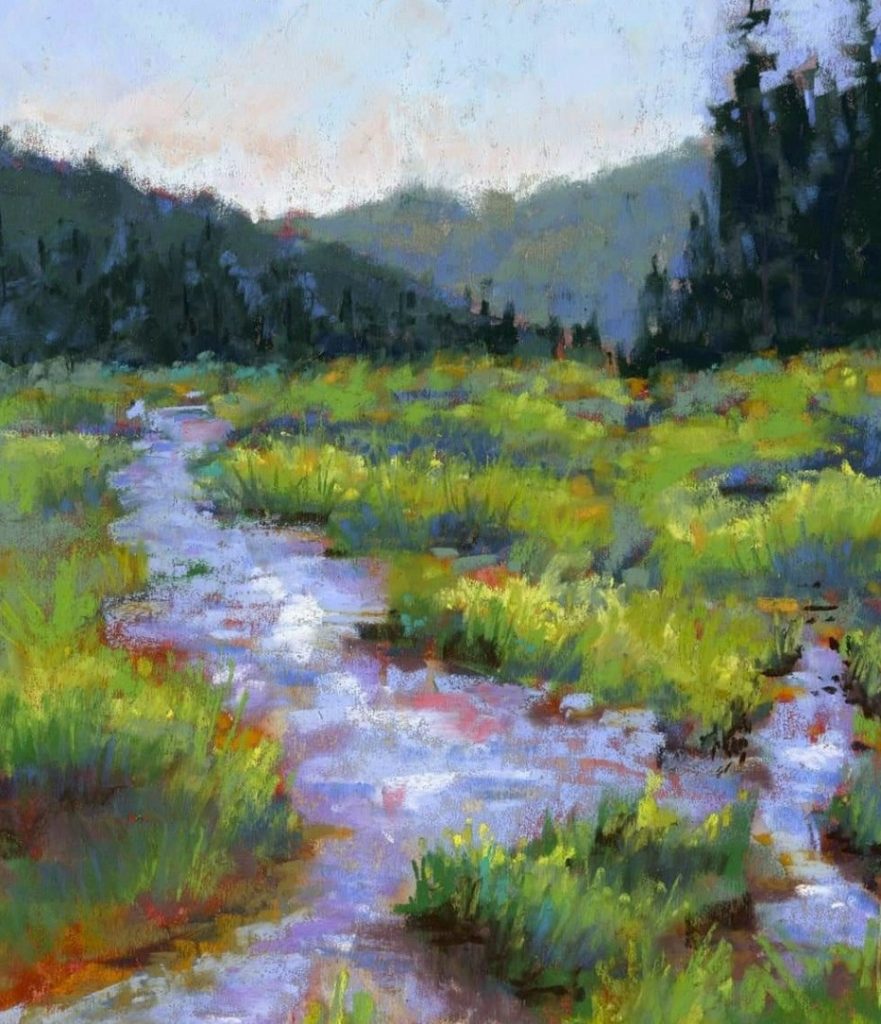
Layering in oil pastel landscapes serves as a fundamental technique for creating depth and complexity. However, it can also be leveraged to evoke deeper emotional responses and add layers of meaning to the artwork. In addition to building a realistic depiction, consider utilizing contrasting colors within your layers to infuse a sense of tension or disharmony into the landscape, conveying emotional depth and complexity. This deliberate use of contrasting layers can introduce a heightened sense of drama and captivate the viewer’s attention. Leaving areas of raw canvas exposed amid the layers can add an element of mystery or vulnerability to your artwork, prompting contemplation and inviting the viewer to explore the deeper nuances of the piece. By conscientiously employing these techniques, your oil pastel landscape can transcend mere visual representation, evolving into a powerful and emotionally resonant artistic statement that connects with the audience on a profound level.
Part 4: Finishing Touches and Finding Your Voice
Emphasis Through Details:
In expressive landscapes, details, while secondary, can serve as potent tools for enhancing the emotional impact of the artwork. When used strategically, these details can effectively convey the artist’s vision and leave a lasting impression on the viewer. For instance, consider employing contrasting colors or bold lines to highlight specific elements within the landscape. By drawing attention to these focal points, you can infuse them with a heightened sense of significance and emotional resonance, enriching the overall impact of your artwork. Whether it’s an intense burst of color to emphasize a vibrant meadow or the use of bold lines to draw attention to a solitary tree, leveraging these details can evoke a powerful emotional response from the viewer. When thoughtfully integrated, these nuanced details contribute to the creation of a compelling narrative within the landscape, effectively adding depth and emotional resonance to the artistic portrayal of nature.
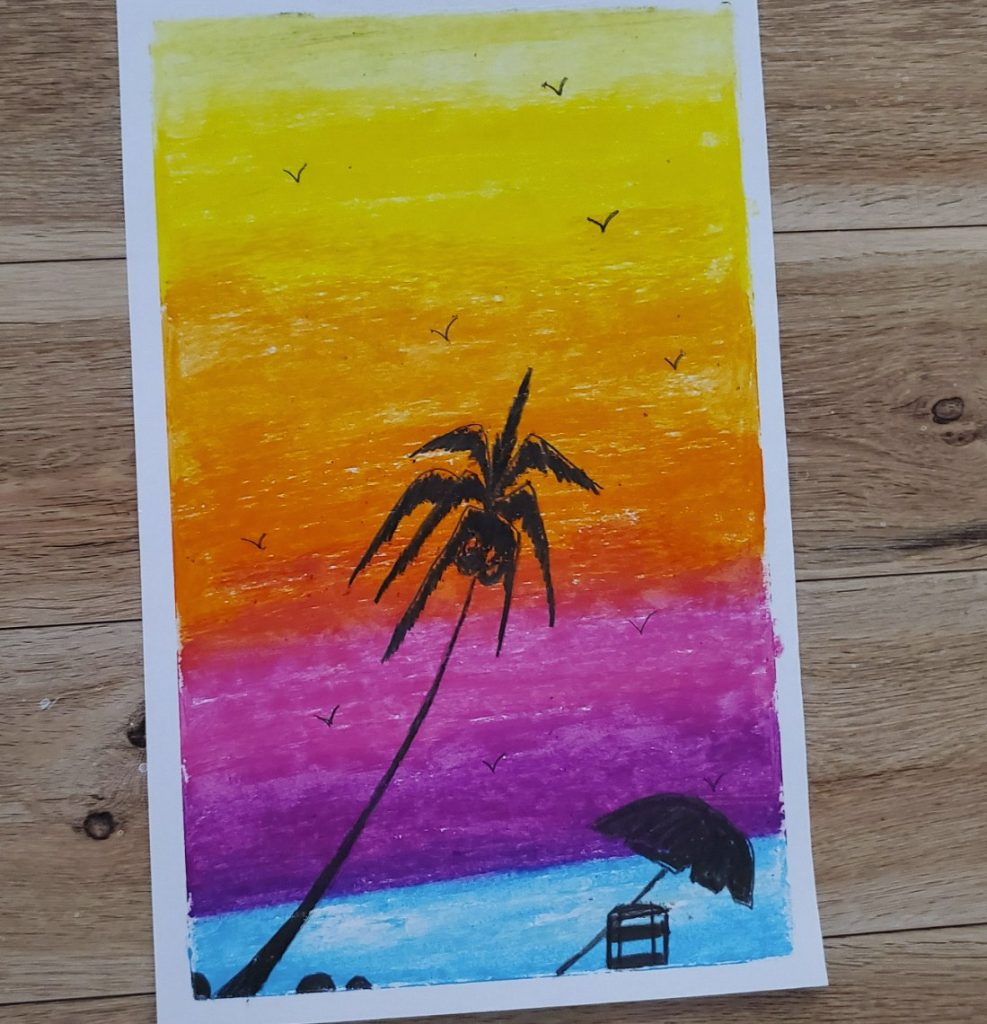
Embrace the Imperfect:
Oil pastels are a forgiving medium. Don’t be afraid of smudges or unexpected results. These imperfections can add to the expressive quality of your artwork and imbue it with a sense of raw emotion and authenticity.
Remember, expressive oil pastel landscapes are a journey of self-discovery. Experiment, explore different techniques, and learn to trust your artistic intuition. As you loosen your grip on realism and embrace the freedom of expression, your oil pastels will become a powerful tool for translating the emotions landscapes evoke within you, allowing you to paint with your heart as much as your hand.



